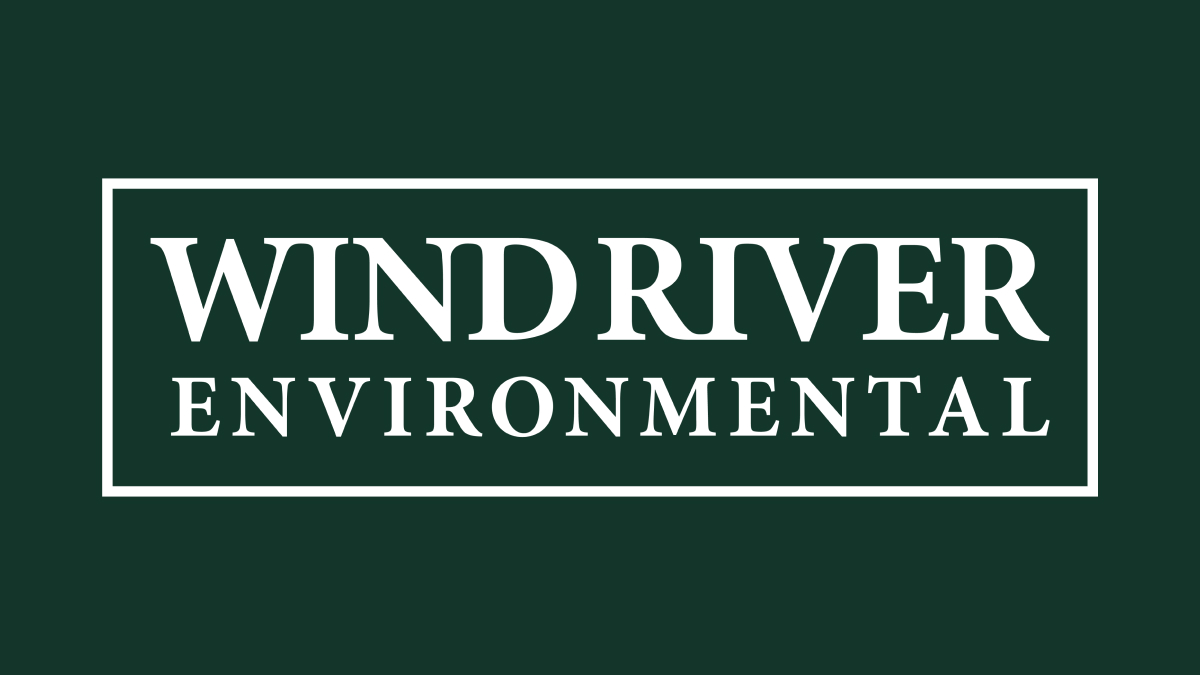Epoxy vs. Structural Pipe Lining Solutions for Commercial Properties
Maintaining the network of pipes in the underground infrastructure is crucial for commercial property owners. While traditional repairs are still an option, more innovative approaches like epoxy lining and structural pipe lining have become popular. But what sets these two modern techniques apart, and which one is the right fit for your commercial property?
Navigating the Depths: Pipe Lining Essentials
Before we plunge into the debate between epoxy and structural pipe lining, it's vital to understand the shared purpose these technologies are designed for - the rehabilitation of damaged pipelines.
Whether the wear and tear results from time, corrosion, or root intrusion, pipe lining provides a cost-effective, less disruptive solution to replacement. The process involves creating a new 'pipe within a pipe' using trenchless methods, effectively saving time and minimizing environmental impact. Another very important reason to consider this type of repair has everything to do with the impact traditional repair has on your structure and business. These repairs are capable of being done in vertical stacks and even in areas up to 48" in diameter where pipes have been surrounded inside concrete or steel aspects of your building's support structure.
A Molecular Bonding Game: Epoxy Pipe Lining Explored
Epoxy pipe lining is a process that involves curing an epoxy resin in place to create a strong coating within the existing pipe. This coating seals off leaks and prevents further corrosion. The resin is applied manually or by a machine and adheres to the pipe's inner surface, making it highly durable. Epoxy is known for its ease of application and quick cure times, drastically reducing the downtime associated with traditional fixes. Imagine a damaged pipe being fixed with a resin-soaked liner - this is what epoxy pipe lining achieves.
A Structural Shift: The Role of Structural Pipe Lining
Structural pipe lining is a process that not only repairs damaged pipes but also strengthens their integrity. This method involves inserting a thick fiberglass liner impregnated with resin into the existing pipe using air or water. Once the liner is in place, it is expanded to adhere to the pipe tightly, creating a strong, independent pipe within the original structure. This process reinforces the host pipe, making it more robust and reliable. Therefore, it turns a potentially weakened system into a strengthened asset.
Weighing the Pros and Cons
Each technique brings its own set of benefits and considerations. Epoxy pipe lining is exceptional for application in smaller-diameter pipes and provides a smooth, seamless finish that can improve flow. Its relatively simpler application process is also the leading light where cost is a major factor.
Nonetheless, it's essential to remember that epoxy lining does not address structural issues. On the other hand, while typically more costly, structural pipe lining offers a solution for pipes with more severe degradation and can support higher levels of traffic or pressure, making it a prime choice for industrial settings.
What’s the Better ROI?
The two decisions ultimately boil down to a property owner's specific needs and investment goals. Structural pipe lining may promise a more resilient and peace-of-mind-inducing solution for properties with aging, high-demand plumbing systems. Meanwhile, properties with newer pipes or less demanding requirements may find that epoxy lining adequately protects and maintains their infrastructure at a lower initial investment.
The Future of Pipe Rehabilitation
Pipe rehabilitation is an important aspect of infrastructure management, and using epoxy and structural pipe lining has continuously evolved to make it more effective. With the emergence of innovations, different pipe types, and usage scenarios are being addressed to provide better solutions. Staying informed about these advancements can help commercial property owners manage their infrastructure more efficiently.
Making the Right Call for Your Property
The choice between epoxy and structural pipe lining is not a one-size-fits-all decision. It demands careful consideration of the age and condition of your property's pipes, the intended use of the system, and the scale of operation. By consulting our professionals at Wind River Environmental, commercial property owners can make an informed decision that solves current pipe issues and sets the stage for a more sustainable and cost-efficient future. After all, when it comes to pipes, the true value may lie beneath our feet, but the right solution is within reach.
Call Wind River Environmental today to schedule a consultation!



